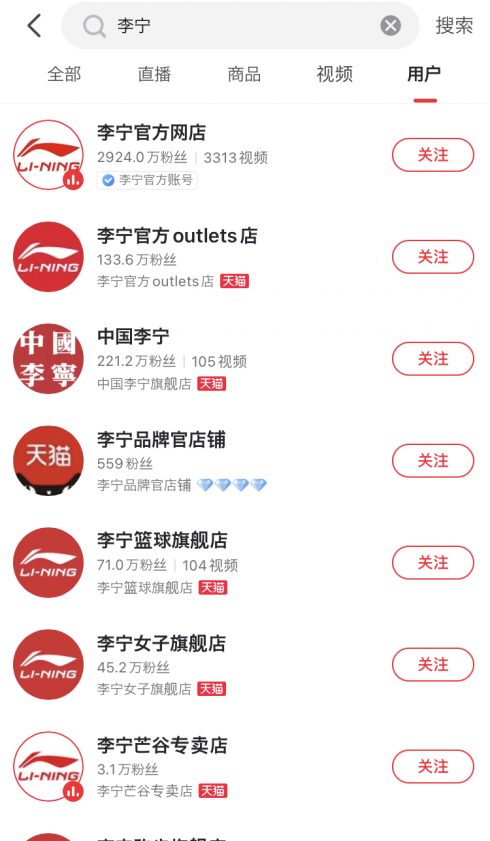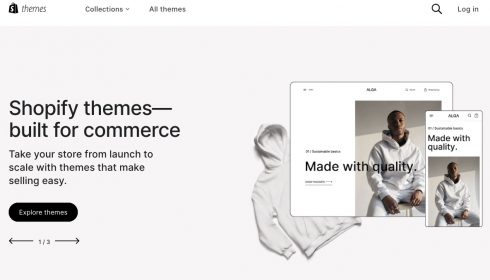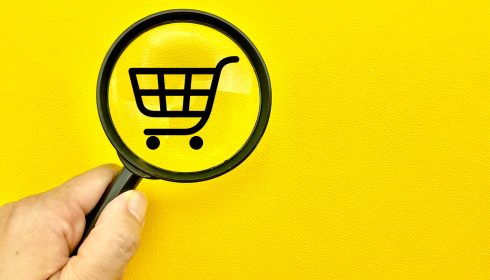Brands have become the mainstay of China's EC live-streaming
Background
Hello, my name is Sophie and I am a consultant.
Since the corona outbreak, the traffic and sales volume of some of the top Tmall influencers that we often hear about, such as "Li Jiaqi" and "Lie Er Bao Bei", and other top influencers of TianNeCe EC that you may have heard of, have seen their traffic and sales volume drop significantly compared to previous years.
One reason for this is that brands such as SK-II, Curél, and Anessa are increasingly going live and either reducing the number of times they partner with influencers or choosing not to partner with them and instead opting for direct live sales on their own. What are the reasons behind this?
Strong selling power and its hidden disadvantages
We are often amazed that a single product from a brand can sell out in an instant, by the thousands or tens of thousands, in a single live stream by an influencer. In reality, however, brands often lose money behind the scenes. The main reason is that influencers demand much lower prices than the normal selling price in order to boost sales. This leaves very little room for profit and can even result in a loss. In addition, the brand must pay the influencer a commission and a spot fee. The "spot fee" varies from influencer to influencer and usually ranges from 300,000 yen to 3 million yen. For top influencers such as Jiaqing Li, a "commission + spot fee" cooperation model is common, with a portion of the fee tied to sales volume.
Second, even if sales are high at the time of the live broadcast, the very high return rate afterward will cause the brand to suffer. In addition, it is nearly impossible for brands and fans to build a relationship through the sale of products by influencers. Fans lack loyalty to the brand, making it difficult to increase customer LTV (customer lifetime value). A typical example is the chinese cosmetics manufacturer Florasis, which gained attention through the power of Li Jiaqi. Products recommended by li jiayin have shown strong sales, while those not recommended by Li Jiaqi have sold very little. This proves that fans are fans of Li Jiaqi and not of the brand.

Slow but steady wins the race
Due to the above issues, more and more brands are opting for in-house live distribution. This not only reduces advertising costs, but also allows for more initiative. Brands do not have to pay expensive slotting fees or commissions and can control costs. They can recruit, manage, train, and live-stream personalities on their own, completely adjusting the flow of live distribution to their own pace, thereby reducing the occurrence of unforeseen problems.
In addition, direct brand live distribution allows you to actively communicate with your fans and build an emotional connection with them. Direct live branding is a process that yields sustainable and consistent results. Initially, the number of fans and sales volume may be small, but the quality of the fans is more important than the number of people. The fans you gain through direct brand live-streaming will be fans who truly love your brand and will be highly loyal to it. As a customer's repeat purchase rate increases and LTV improves, overall sales volume will increase accordingly. In addition, brands can hear various suggestions directly from fans and understand the true needs of consumers, which can be used to improve product features and store service levels.
In addition, through direct live branding, brands can significantly increase their visibility, attract consumers to their offline physical stores, and drive store sales. A brand's direct live feed is like a very long advertising video. Compared to outdoor advertising or a few seconds of ad clips, direct live branding can slowly communicate the brand's philosophy to fans through product descriptions. The brand's visibility is sustained and stable as its fan base grows. At the same time, as customers' impressions of the brand deepen, when they have a specific need, they will think of the brand's products first and purchase them at a nearby physical store. This is the effect of live online feeds increasing offline store visits and sales volume.
Combination Strategies
Simply going live is not enough for successful brand direct live distribution. Several tactics must be utilized. First of all, if the same brand is targeting different target customers, we recommend opening two or three accounts simultaneously for brands with superior capabilities. For example, for a sports brand, one account could specialize in shoes, a second account could specialize in clothing, a third account could specialize in sporting goods, and so on.
Second, to attract new fans to the live stream, it is better to attract targeted customers through creative content than to spend money on attracting non-target users. If the videos posted by a brand's account match current trends and are tagged with relevant tags, they can get free flow and attract targeted users to the live stream.
In addition, it is also effective to live-stream from a physical store, a company's office, or a factory, providing fans with a realistic experience of being onsite. This allows fans to not only learn about the location of the store, but also to observe how the product is manufactured, thus increasing their confidence in the product.

Summary
There are both advantages and disadvantages to live-streaming a brand. For brands that are not well known, the process of gathering an initial fan base can be difficult, so we recommend partnering with a few well-known personalities first, and only after building name recognition should you begin direct in-house live-streaming. In addition, direct in-house live-streaming requires a long-term investment of manpower and capital to achieve sustainable results. Therefore, a number of factors should be considered before launching in-house direct live distribution.
Achieve results with "minimum investment and effort.
Cross-border e-commerceOne-stop shop for services



